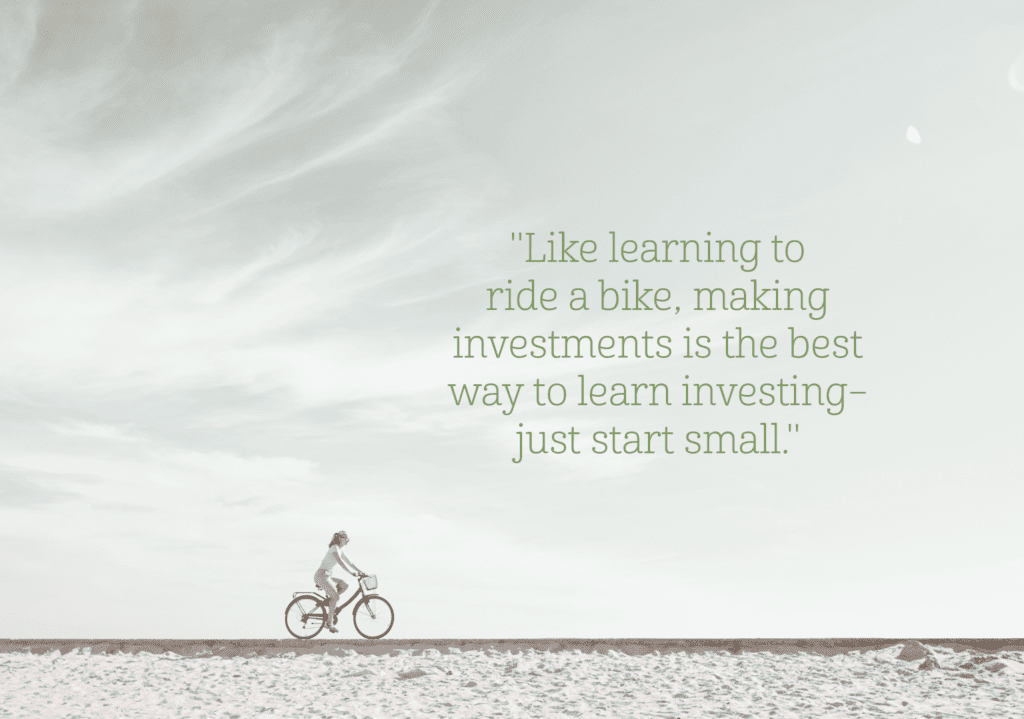In the last issue, we saw that laying the foundation for financial freedom requires discipline, but it’s not overly complex. As Jeff Hall with Rather & Kittrell Capital Management said, “A well-run 401k plan that has good oversight and good management is the greatest investment vehicle that most of us will ever have access to.”
But for many, that’s not enough. Maybe you don’t have a 401k, or you prefer to be more hands on, or you have other money to invest. Managing assets can be complicated. Here’s how to simplify it.
1. Define your objective as specifically as possible.
Money is a tool, not an end in itself. What do you want to do with it? Make work optional? Pay your college tuition, or your kid’s? Take your family on a cruise? Buy a car or a collection of fine wines?
Be as specific as possible in defining your goals. For instance, if your goal is retirement, how and where do you want to live? What will be your monthly and yearly expenses? Don’t forget about routine and unforeseen health care costs, car and home maintenance and repairs, insurance, taxes, and so forth. Consider when you’ll begin tapping into different income streams, such as a pension or 401k. And given that social security trustees expect the program to be bankrupt by 2034, you’ll want a plan that doesn’t rely on it.
You’re trying to foresee and plan for everything imaginable that relates to achieving your goal so that you can accurately translate it into a dollar figure. If you forecast the cost of your goal too low, you might not achieve it. If you forecast too high, you’ll unnecessarily forgo other values.
2. Set your target date.
By what date do you want to achieve your goal? Your strategy will be entirely dependent on this date. If you plan to use $30,000 toward a new house within five years, then you shouldn’t expose that portion of your savings to lots of risk. But if you want to achieve your goal decades from now, then you may want to increase risk in order to increase potential earnings.
Note the value of starting early. If you have only five years to accumulate a lot of money and your target is set in stone, you have a problem: Accumulating a lot of money quickly requires a high rate of return, but that opportunity comes with heightened risk, which is unsound if your target date is non-negotiable. Walking a tightrope with your nest egg in hand is not an optimal way to reach your goals. Be proactive. There’s no such thing as too early to start planning, saving, and investing.

3. Determine your asset class mix.
You’ve clearly defined your goals, accurately translated them into a requisite dollar amount, and given yourself a comfortable amount of time to accumulate it. Now there’s one more step before choosing assets to invest in. You need to determine what percentage of your portfolio to put into different asset classes, such as cash (for unexpected expenses and opportunities), bonds (which generate interest but create penalties for selling early), stocks (which generally outperform bonds, but entail more risk), commodities (such as metals, oil, agricultural products, etc.), real estate, and businesses. Many advise holding cash in savings for three months’ worth of expenses. How you invest the rest depends on your goal(s), timetable, and comfort with risk.
The closer the goal, the less risk you should take, because you have less time to recover from a loss. Considering retirement, a common strategy is to subtract your age from 110 (or 100, if you’d like to be more conservative) and invest that percentage in stocks and the rest in bonds. So according to this strategy, if you’re 30, you should put 80 percent of your investments in stocks and the rest in bonds. And because investments in real estate, commodities, or business interests are usually riskier than bonds, subtract these from your stock portion.
If you want to adopt this kind of strategy but you don’t want to monitor it, consider target-date funds, which are managed to reduce risk as the target year approaches. These typically include the target year in their names: for instance, Vanguard Target Retirement 2065 Fund (VLXVX).
4. Implement your strategy.
Now you can pick assets that meet your plan and purchase them. Herein lies another big question: Are you going to put in the time and effort to try and beat the market? Or would you prefer to be more passive? According to Paul Fain, President of Asset Planning Corporation, data shows that few active investors achieve higher gains than the stock market average, which suggests the wisdom of a passive approach.
Yet, there are renowned systems for active investing, such as the CAN SLIM method developed by Investor’s Business Daily (IBD) founder William O’Neil. IBD also offers services that crunch data and spit out a variety of ratings, including a composite rating of “Pass,” “Neutral,” or “Fail.” As a curious student of investing, I signed up for a free trial and bought several stocks based on IBD’s data. My results were mixed, but generally good. I purchased seven stocks based on highly positive IBD ratings. Five are doing well, and one is up by 45 percent. Two of them are down. And although IBD is always revising ratings, this is not instant. In one case, IBD displayed positive indicators for my stock several days after it had nosedived. Nonetheless, I’ve made significantly more than I’ve lost, even when including the $30 I paid for another month’s service after my free trial ended.

If you prefer to be more passive, you still have lots of options, perhaps the best being mutual funds. “My late father,” says Fain, “used to call mutual funds the greatest invention of the 20th century. With mutual funds, you can buy exposure to oil, real estate, U.S. and foreign stocks and bonds, specific industries; you can really build a diversified strategy that’s cost-efficient and professionally-managed.” For instance, purchasing a mutual fund that invests in real estate allows you to invest in real estate without having to be the one to take maintenance calls in the middle of the night. Shares are also far less costly, far more diversified, and much easier to buy or sell than real estate.
Another type of mutual fund, an index fund, is designed to mimic the overall performance of a segment of the stock market. For instance, funds such as the Vanguard 500 ETF (VOO) track the performance of the five hundred largest stocks that are traded on the New York Stock Exchange and NASDAQ—the S&P 500. Warren Buffet, the investor with the Midas touch, champions index funds as one of the best investment options available.
The more you have to invest, the higher the stakes, and many people—myself included—delay investing on the premise that they have to do more research. There’s no doubt, research is essential to success. But you can’t succeed if you never actually try. Here, I’m inspired by a friend of mine and his remarkable father. When my friend was in grade school, his teacher introduced a game whereby students pretended to invest in stocks and then tracked how they would have done. But my friend’s dad, understanding the importance of having skin in the game, gave his son real money to invest. This enticed my friend to take a deeper interest, and by the time he was in college, he had made about a one-hundred-fold return on his father’s initial investment, all while learning valuable lessons and developing a priceless skill. Like learning to ride a bike, making investments is the best way to learn investing—just start small.
Nonetheless, you may want professional guidance. Fain says, “Whether or not someone seeks out an advisor boils down to interest and confidence. I can’t perform an appendectomy on myself, nor do I want to. With financial planning, you can take classes and read books and be very effective. But a lot of people lack either interest or confidence, or both.”
Thankfully, technology has multiplied the number of options available. Some “next-gen” advisors use video-conferencing to meet with clients who live in different parts of the country or the world. Some offer subscriptions, similar to gym memberships or cell phone plans. There are also robo-advisors: applications that apply mathematical rules to user input to develop—and even implement—a financial plan.
Should you choose a more traditional route, Daniel Messing of Pugh CPAs recommends interviewing several people to find the best fit. “You want to be comfortable that you can pick up the phone and call that person and understand what they’re saying.” Moreover, it’s extremely important that your advisor understands your goals and is willing to prioritize helping you to achieve them.
If you haven’t already, go get some skin in the game.

Comments are closed.